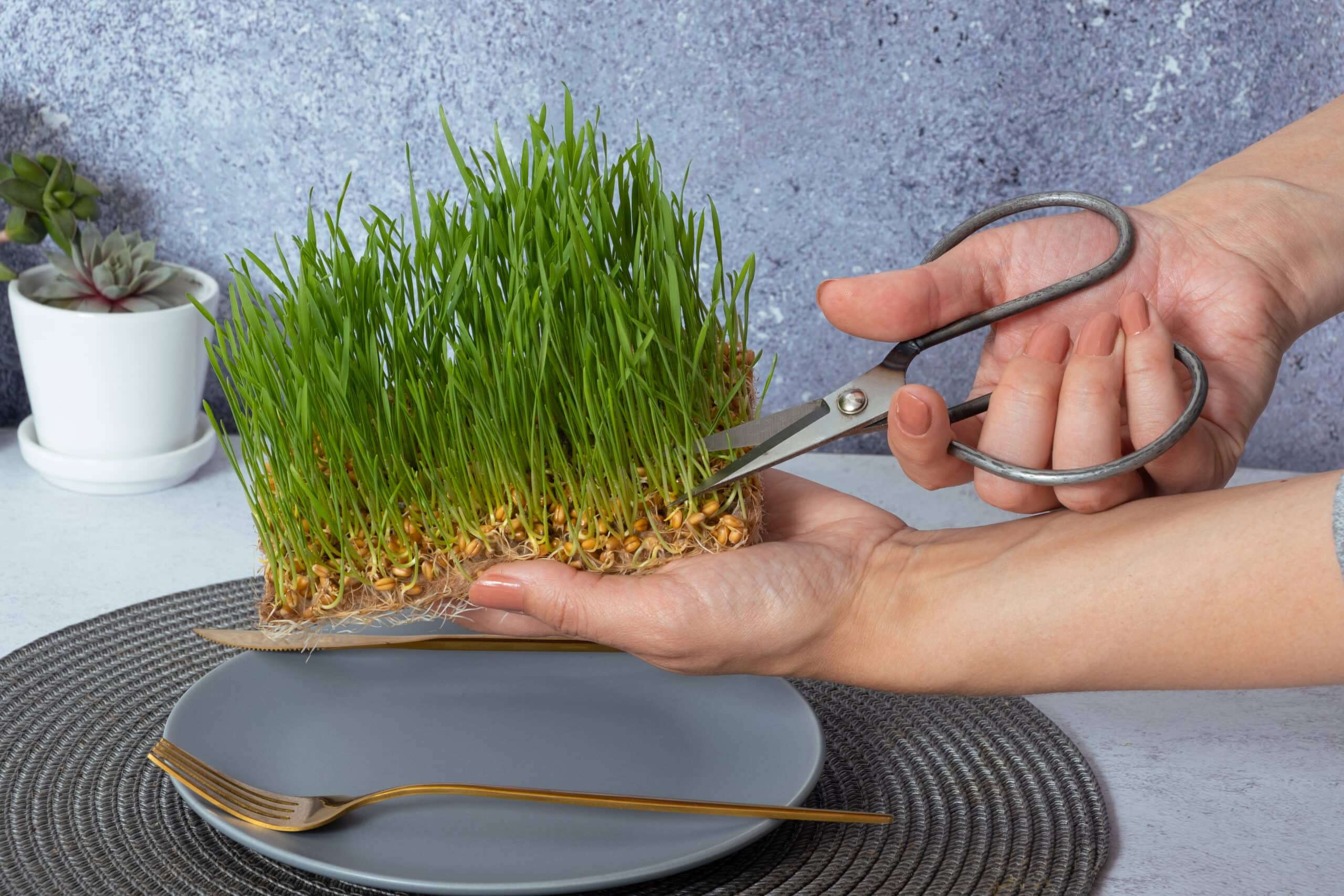Why do my microgreens keep falling over?
Key Takeaways
- Insufficient watering can cause microgreens to fall over, so it’s important to keep the growing medium moist but avoid overwatering.
- Overcrowding can lead to microgreens falling over, so it’s essential to avoid planting too many seeds in a small space and thin out the plants as they grow.
- Adequate lighting is crucial for the healthy growth of microgreens, as insufficient light can cause them to become weak and fall over.
Microgreens are delicate and small plants that can sometimes struggle to stay upright. If you’ve noticed that your microgreens keep falling over, there are several factors that may be contributing to this issue. In this article, we will explore the common reasons why microgreens fall over and provide practical solutions to help you prevent this problem from occurring.
Insufficient watering
One of the most common reasons for microgreens falling over is not providing them with enough water. Microgreens require consistent moisture to thrive, and if they become too dry, their stems may weaken and cause them to topple over. It’s important to keep the growing medium moist, but be cautious of overwatering, as it can lead to seedlings damping off and root rot. Additionally, avoid overhead watering, as it can crush or break the delicate leaves and stems.
Overcrowding
Another factor that can contribute to microgreens falling over is overcrowding. If you plant too many seeds in a small space, the plants will compete for resources, resulting in poor growth and weakened stems. It’s essential to avoid overseeding and plant the optimal number of seeds for the given space. As the microgreens grow, thin them out to create more space and resources for the remaining plants, reducing crowding and the likelihood of falling over.
Inadequate lighting
Adequate lighting is crucial for the healthy growth of microgreens. Insufficient light can cause them to become leggy and weak, making them more prone to falling over. Ensure that your microgreens receive several hours of either natural sunlight or indoor grow lights every day. If you’re using artificial lights, position them at the appropriate distance from the plants to provide optimal light intensity.
Temperature and humidity
Microgreens are sensitive to temperature and humidity fluctuations. Exposing them to extreme heat can cause wilting and weakened stems, leading to falling over. On the other hand, too much humidity can encourage mold growth, which can also cause the microgreens to topple. Aim for a temperature of around 70-75°F (21-24°C) and maintain proper humidity levels of 35-50%. Consider using a hygrometer to monitor the humidity in your growing area.
Harvesting at the right time
Waiting too long to harvest microgreens can also contribute to them falling over. Microgreens should be harvested when the cotyledons or true leaves are fully developed. If you wait too long, the plants may become top-heavy and struggle to remain upright. Regularly monitor the growth of your microgreens and harvest them at the appropriate time to prevent them from falling over.
Nutrient deficiencies
Microgreens require proper nutrients to grow strong and healthy. If they are not receiving enough nutrients, their stems may weaken, causing them to fall over. Ensure that you are using a quality growing medium with sufficient nutrients, such as organic potting mix or coconut coir. Additionally, provide adequate nutrients through the use of fertilizers or compost. It’s also important to use good quality seeds from a reputable supplier to ensure healthy growth.
Summary
To prevent microgreens from falling over, it’s essential to provide them with adequate water, avoid overcrowding, ensure proper lighting, maintain optimal temperature and humidity levels, harvest at the right time, and provide sufficient nutrients. By following these steps, you can help your microgreens grow strong and upright, resulting in a successful harvest.
Related Websites:
FAQs:
Q: Why do my microgreens keep falling over?
Microgreens may fall over due to factors such as insufficient light, overwatering, nutrient imbalances, and overcrowding. Understanding and addressing these factors is crucial for maintaining healthy growth and maximizing yield.
Q: How can insufficient light cause microgreens to fall over?
Inadequate light intensity or duration can result in weak and spindly microgreens that are prone to falling over. To ensure proper lighting conditions, consider placing microgreens near a south-facing window or using grow lights.
Q: What are the negative effects of overwatering microgreens?
Overwatering can lead to root rot and weak stems, causing microgreens to topple over. It is essential to monitor soil moisture levels and avoid excessive moisture when watering microgreens.
Q: How can nutrient imbalances affect microgreen stems?
Imbalances in nutrient levels within the growing medium can result in weak microgreen stems. Using a balanced, organic fertilizer and following recommended dosage instructions is crucial to maintain healthy growth.
Q: What can overcrowding do to microgreens?
Overcrowding can lead to weak growth and falling over of microgreens. To prevent this, thin out densely grown microgreens and ensure proper air circulation to avoid moisture buildup and disease.






